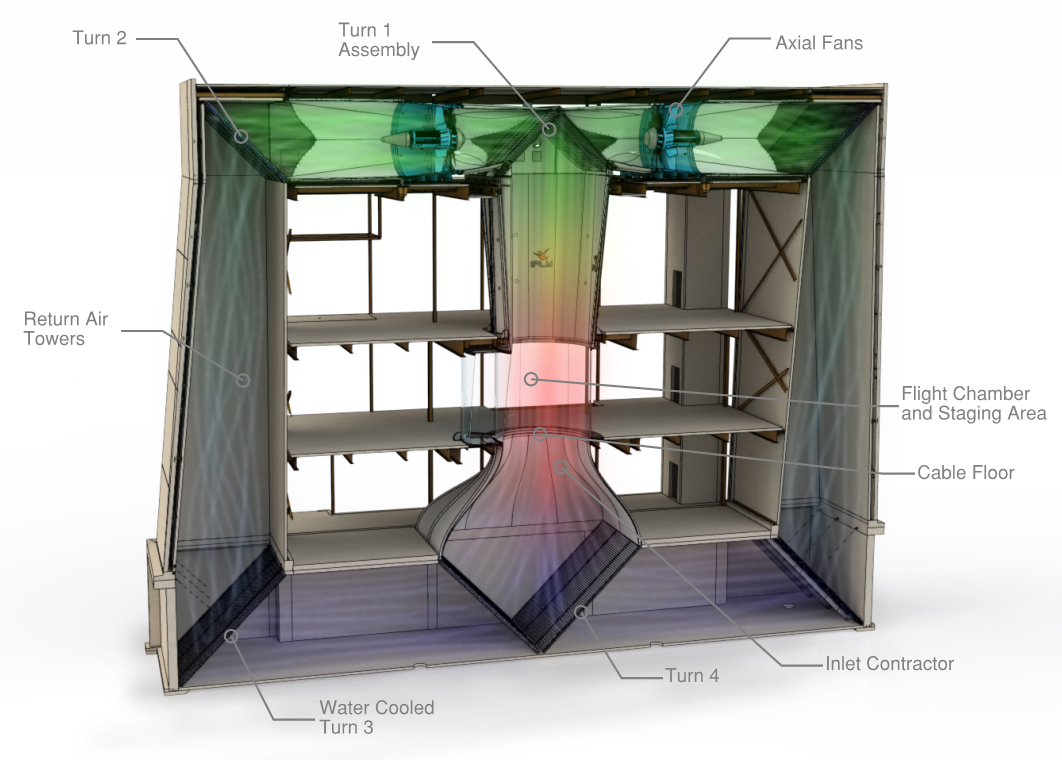Discover Indoor Skydiving
What is Indoor Skydiving?
Indoor skydiving is your way of realising the 'dream of flight' and the incredible flying sensation. You will experience an almost exact replication of outdoor skydiving, without the dangers of jumping from an aircraft or operating a parachute. Wearing a flight suit, helmet, eye protection, ear plugs and well-fitting shoes, you will fly inside a wind tunnel on a fast-flowing column of air that can be regulated to suit you or the type of flying. It is a unique sporting activity that it is accessible to almost everyone, although there are some limitations regarding weight and previous shoulder injuries.
As a first-time flyer you will be trained and supported by a highly qualified IBA Instructor who will guide you through your first flights and teach you how to progress to solo flight and flying with friends. The skills and tricks become more complicated as you progress through the IBA Flight Progression System, and your IBA Instructor will be with you to coach and guide you at all times.
The wind tunnel is also a valuable training environment for more experienced flyers who use it to train for both indoor and outdoor skydiving competitions at local, national, and international level. Indoor Skydiving has World Champions in a range of flying disciplines and is also recognised by the Olympic committee. You can learn more about competition flying, which is also called 'Bodyflight', within our competitions section.

How a Wind Tunnel works
The fans placed at the top of the flight chamber draw air from below, through an inlet that is designed to accelerate the airflow (to match freefall like speeds) as it passes through the flight chamber. In a recirculating wind tunnel, the air cycles through a series of ducts to be re-directed in a closed loop. An Airflow Controller (AFC) is positioned at a control station and can alter the speed of the fans, which in turn adjusts the speed of the airflow. In an open flow design (non-recirculating), the airflow enters the inlet contractor, drawn from outside the building, passes through the flight chamber and diffuser and then through the fans and expels into the atmosphere. Recirculating designs have many advantages to open flow facilities. The ability to manage the temperature, especially in colder climates and the efficiency gains when keeping the airflow continuously moving is significant. The acceleration of the airflow as it enters the flight chamber section creates a natural low pressure in the flow path. In some tunnels this small pressure differential is maintained throughout and does not allow the staging area doors to open during operations. In other facilities, the pressure is dissipated throughout the flow path to allow for staging area door operation when the facility is running.
